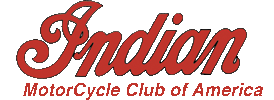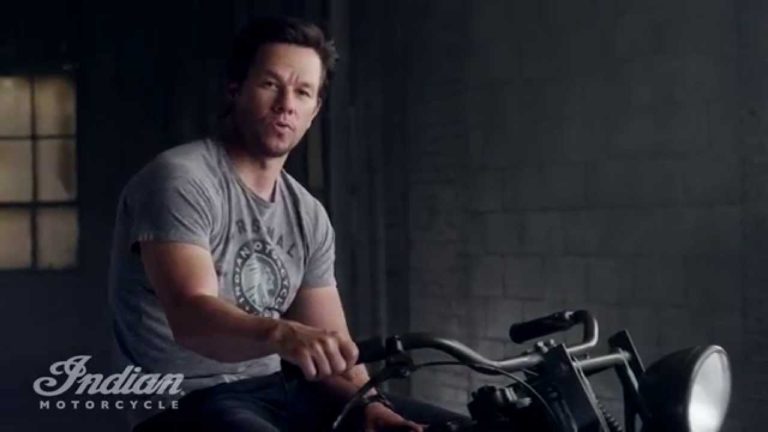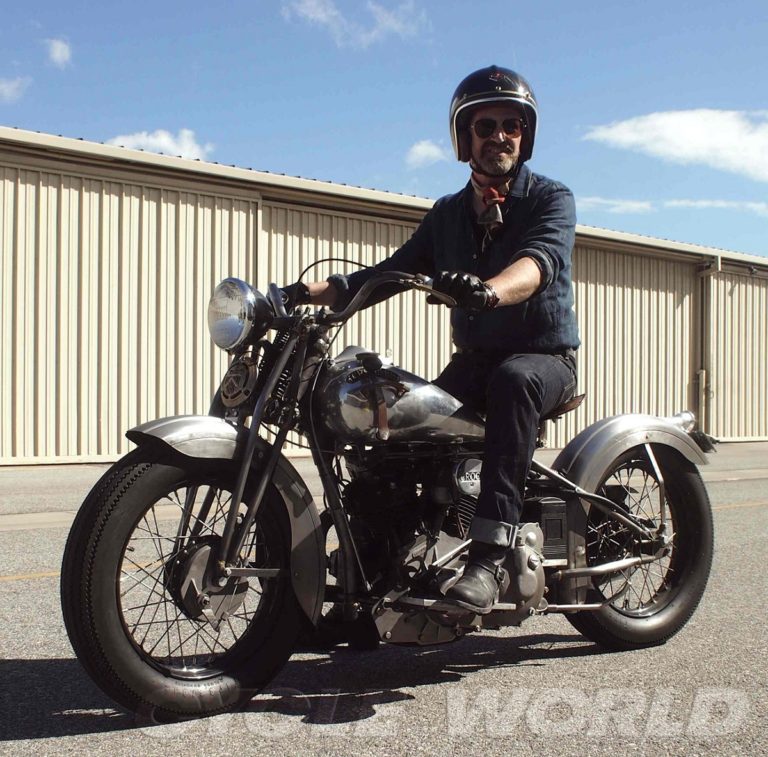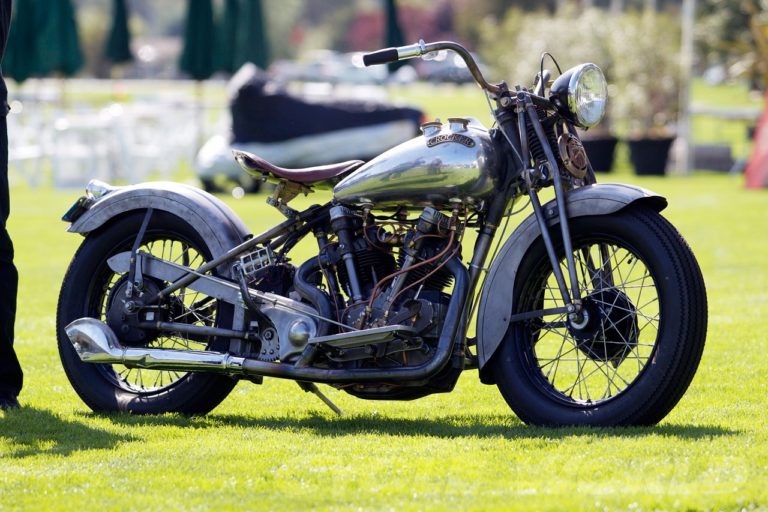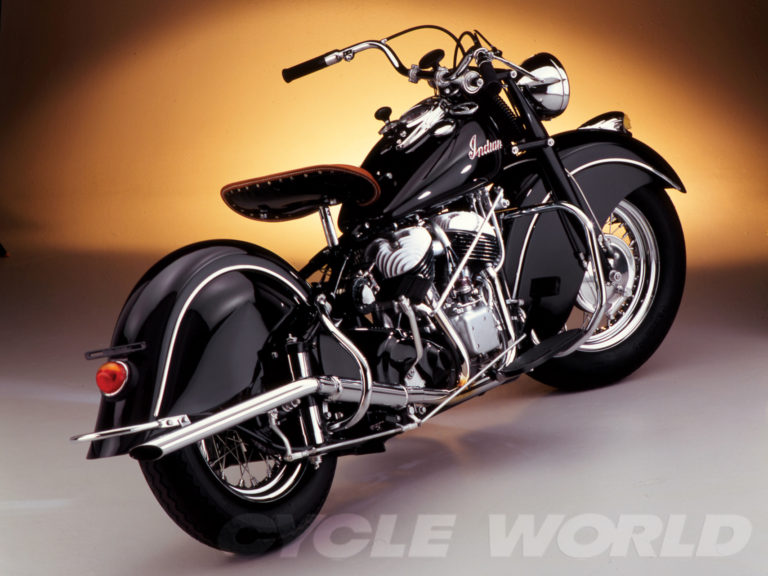America’s first motorcycle company, today announced its Scout Inspired Custom Series; a chronology of the rich, century-long history of the Indian(R) Scout(TM) motorcycle. Throughout 2015, Indian Motorcycle will unveil a series of custom Indian Scouts designed and crafted by some of America’s leading custom bike builders — each designed to celebrate an important Indian Scout milestone or achievement since its debut in 1920. Each of the custom Scouts will be accompanied by vignettes to share the legacy of the Indian Scout.
To kick-off the series, Indian Motorcycle today launched the Custom Military Scout in a vignette narrated by Mark Wahlberg. The Custom Military Scout is a tribute to the company’s nearly 100-year history of supporting the U.S. Military and to celebrate Indian Motorcycle’s partnership with USO. The Custom Military Scout was designed and built by world-renowned custom builder Klock Werks Kustom Cycles of Mitchell, South Dakota.
“Klock Werks Kustom Cycles is honored to partner with Indian Motorcycle on a project that pays tribute to the USO and their outstanding work on behalf of the dedicated men and women of our U.S. Armed Forces,” said Brian Klock, founder of Klock Werks. “Indian Motorcycle has a long and impressive legacy of supporting the U.S. Military dating back to WWI and all of us at Klock Werks are humbled to play a role in this important and historic endeavor.”
The Custom Military Scout is built on the award-winning 2015 Indian Scout platform, sporting a matte green paint indicative of a vintage military bike that was perfectly applied by Brad Smith of The Factory Match. It utilizes taillights that are modern street legal reproductions on a custom bracket to mimic the original military-style lights. The Custom Military Scout features Genuine Indian Motorcycle Accessory leather saddlebags, a Klock Werks “Klassic” seat kit and leather wraps for the base of the Indian accessory quick-detach windshield — all upholstered using matching leather hides. A custom gun scabbard mount holds a Thompson sub-machine gun with a custom gunstock by Boyds Gunstocks of Mitchell, SD etched with both the USO and Indian Motorcycle logos.
“Today we are proud to launch our Scout Inspired Custom Series with our inaugural episode dedicated to the USO and our mutual support of the U.S. Military and their families, and we are grateful to brand ambassador Mark Wahlberg and our friends at Klock Werks for their support and fine craftsmanship,” said Steve Menneto, Polaris Industries vice president of motorcycles. “The Indian Scout has built a long and storied legacy of racing wins, world records, engineering innovations and industry firsts, and along the way it has won the hearts and minds of fans around the world. Those achievements have materially impacted our current and future direction for the Indian Scout marque, and we look forward to telling some of those important stories through our Scout Inspired Custom Series.”
The Custom Military Scout and accompanying video vignette narrated by Mark Wahlberg can be found by visiting www.indianmotorcycle.com, along with upcoming stories in the Scout Inspired Custom Series.
ABOUT THE USO The USO lifts the spirits of America’s troops and their families millions of times each year at hundreds of places worldwide. We provide a touch of home through centers at airports and military bases in the U.S. and abroad, top quality entertainment and innovative programs and services. We also provide critical support to those who need us most, including forward-deployed troops, military families, wounded warriors, troops in transition and families of the fallen. The USO is a private, non-profit organization, not a government agency. Our programs and services are made possible by the American people, support of our corporate partners and the dedication of our volunteers and staff.
ABOUT KLOCK WERKS Located in Mitchell, South Dakota, Klock Werks has grown from humble beginnings to an internationally recognized brand. Achieving status as “Air Management Experts,” Klock Werks credits this to the success of the original patented, Flare(TM) Windshield. Also supplying fenders, handlebars, and other motorcycle parts, Klock Werks proudly leads the industry through innovation in design and quality of materials and fitment. Team Klock Werks has been successful for years designing parts, creating custom motorcycles and setting records on the Bonneville Salt Flats. You will find motorcycles, family, and faith at the core of Klock Werks, along with a commitment to caring for the needs of enthusiasts around the world who enjoy their products.
ABOUT INDIAN MOTORCYCLE(R) Indian Motorcycle, a wholly-owned subsidiary of Polaris Industries Inc. is America’s first motorcycle company. Founded in 1901, Indian Motorcycle has won the hearts of motorcyclists around the world and earned distinction as one of America’s most legendary and iconic brands through unrivaled racing dominance, engineering prowess and countless innovations and industry firsts. Today that heritage and passion is reignited under new brand stewardship. To learn more, please visit www.indianmotorcycle.com.
